Weight and safety standards for mountain bike helmets suitable for participating in competitions on road sections
Weight and safety standards for mountain bike helmets suitable for participating in competitions on road sections . The manufacturer of sports helmets (mountain bike helmet manufacturer), Monu Sports, tells you that
The composition of mountain bike helmets.
Mountain bike helmet is a helmet designed specifically for mountain bike safety. It is usually made of different materials to ensure protection and comfort. Let’s take a look at some common materials used in these helmets:
Shell material: The shell of a helmet is usually made of tough plastic materials (such as polycarbonate) or composite materials such as carbon fiber. The function of these materials is to disperse the impact force throughout the surface area of the entire shell to prevent head injuries.
Lining material: The lining is usually made of polystyrene foam (EPS), which can absorb energy during impact, thus minimizing the impact on the head. In addition to EPS, some helmets may also use other high-quality materials as lining, such as Aramid or MIPS (Multi directional Impact Protection System). This ensures the use of more complex padding to produce more advanced helmets.
Material of comfort pad: usually, the comfort pad is made of soft, moisture absorbing and sweat wicking materials, such as flannel or foam, to provide additional comfort and good fit, while also absorbing sweat. This absorption helps to keep the head dry and prevent discomfort caused by moisture during long-distance cycling.
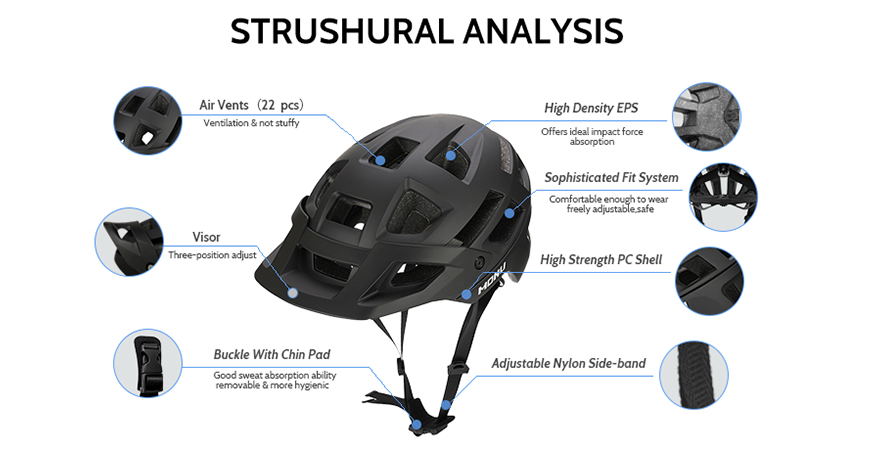
Material for helmet fixation system: usually made of sturdy nylon or polyester (as well as other synthetic materials), the function of this component is to fine tune the fit and stability of the helmet. These materials must have wear resistance and exhibit durability over time.
The material of the buckle is usually plastic or metal; Its function is to secure the helmet to the head, usually located at the chin. It must be sturdy and durable to ensure that the helmet is securely fixed in the final impact and will not easily fall off.
The preferred material for ventilation cover is porous materials such as mesh or nylon mesh. Their purpose is to protect ventilation openings from insects and debris without affecting ventilation.
These are commonly used materials in mountain bike helmets. The mixture of these materials can provide good protection and comfort, ensuring that users are fully safe and relaxed during cycling.
Which companies produce mountain bike helmets?
There are some major manufacturers of mountain bike helmets:
Bell is one of the oldest helmet manufacturers, producing different types of bicycle helmets, including helmets designed specifically for mountain use.

Another famous bicycle helmet brand, Giro, offers products that meet various cycling requirements, such as those specifically designed for mountain bikes.
Troy Lee Designs mountain bike helmets are renowned for their unique design and exquisite craftsmanship, and are highly popular among riders.
Fox Racing is a brand that specializes in producing bicycle and motorcycle equipment. However, it is not the only one – Fox Racing’s helmet enjoys a high reputation among mountain bike enthusiasts.
When it comes to bicycle helmets, we cannot miss POC: a leading Swedish brand in the production of sports equipment. For what reason are their mountain bike helmets in high demand? Innovative design and advanced safety features!
Smith Optics: Smith Optics is a professional manufacturer of outdoor glasses and helmets, whose mountain bike helmets combine leading technology and design.
Monu Sports is a Chinese based manufacturer specializing in OEM and ODM sports helmets, producing helmets for various purposes such as road bike helmets, mountain bike helmets, snowboard helmets, skateboard helmets, and electric scooter helmets. Helmets prioritize safety, but also incorporate innovative and fashionable elements. Its quality is excellent, its style is unique, and its cost-effectiveness is extremely high, making it suitable for customizing OEM&ODM processing for major brands.
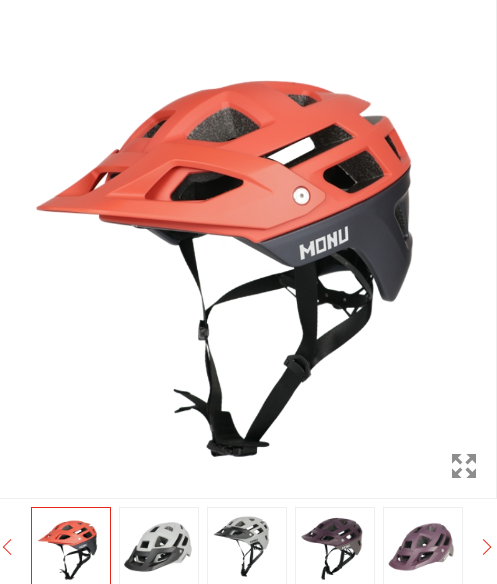
The manufacturer has a firm commitment to the quality and high performance of mountain bike helmets. The goal is to enable riders to choose products that best suit their needs and preferences.
What road sections are suitable for mountain bike helmets
Mountain bike helmets are very suitable for different types of mountain bike routes:

A single track mountain bike lane is narrow and winding, usually passing through forests or mountainous or jungle areas, and riders must traverse different terrains and various obstacles.
Technical downhill routes represent the routes of advanced cyclists. It consists of a steep downhill slope with rocks and tree roots, requiring a lot of skills and the ability to control speed.
When it comes to off-road trails, diversity is key. Uphill, downhill, flat terrain – everything you need. Only those with good endurance and skills can conquer the entire trail.
Mountain bike parks are not ordinary parks. They have been specially designed with technical and challenging roads, as well as various facilities such as jumping and plank roads. The riders walking through these parks not only require skills, but also experience.
Off road exploration: Some riders may choose to explore remote mountainous and wilderness areas, which may involve crossing wilderness, streams, swamps, etc. Helmets are particularly important in this situation.
Natural Scenic Spots: Some natural scenic spots offer mountain bike paths suitable for cycling, allowing riders to enjoy the natural scenery and exercise in these environments.
Wearing a mountain bike helmet is crucial for cycling on any type of road, as it can provide necessary head protection for riders and reduce injuries caused by accidents.
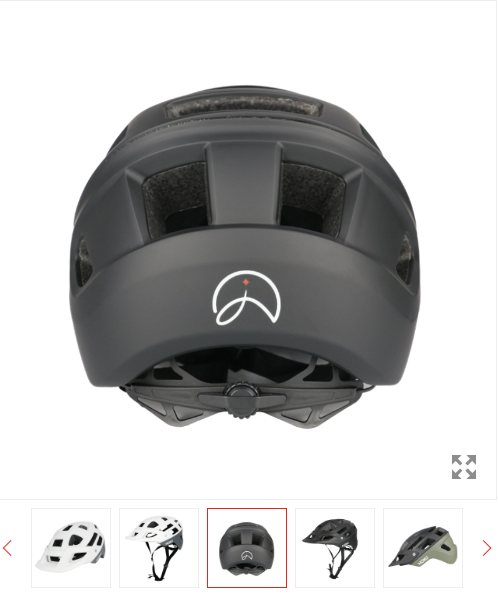
When do you need a mountain bike helmet
The helmet must ensure effective protection of the head in the event of collisions and other unexpected situations, which is what it needs to pass through.
Off road mountain cycling: Among various mountain cycling events, this is one of the most popular, with a variety of competition locations, such as mountain areas, forests, or deserts. Riders must traverse these different terrains at high speeds, which makes the use of helmets crucial for ensuring head protection.
The characteristic of downhill mountain cycling competition is steep downhill, where riders must overcome various technical obstacles and rush down at an extremely fast speed. In this case, wearing a helmet can provide additional head protection, helping to minimize any potential consequences during such collisions.
Mountain cycling off-road marathon: characterized by long-distance and endurance races on different terrains and landscapes. In this case, helmets are also important because they can ensure the safety of the rider throughout the entire riding process, even if the riding time may be long.
Mountain cycling slalom is a unique competition that combines the essence of off-road and downhill races. Participants need to traverse multiple stages within a specified time frame, each with its own challenges and obstacles. In the face of numerous unexpected situations, a helmet that can provide comprehensive protection from all angles is needed.
Mountain Bike Off Road Race: It combines road cycling with mountain cycling, requiring riders to move quickly in different terrains. Helmets are also important protective equipment.
Regardless of the type of mountain cycling competition, riders should wear suitable mountain cycling helmets to ensure sufficient head protection during the competition.
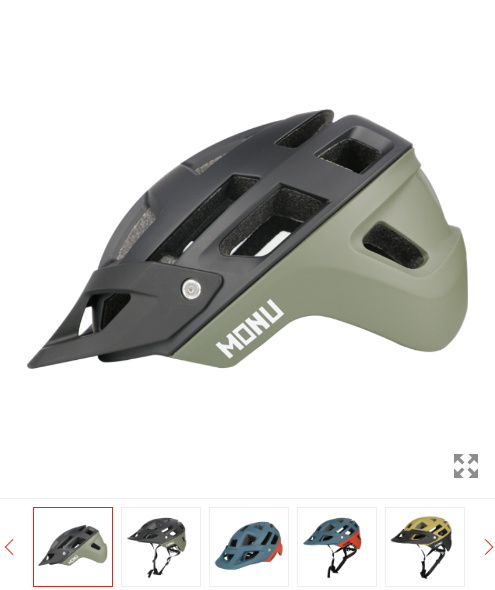
Mountain Bike Helmet Safety Standards
The helmet must ensure effective protection of the head in the event of collisions and other unexpected situations, which is what it needs to pass through.
The EN 1078 standard is the European helmet safety standard for bicycle helmets (and other helmets used for similar purposes) that it measures. This test evaluates the performance of the helmet through impact force, penetration force, and field of view; This standard tests three aspects.
CPSC is the helmet safety standard issued by the U.S. Consumer Product Safety Commission, which applies to most bicycle helmets, including mountain bike helmets. It covers the performance requirements of helmets in terms of impact, penetration and stability.
ASTM F1952-15 standard: American mountain bike helmet safety standard, provided by ASTM International. It is mainly related to the field of technology downhill bicycles. The testing requirements for this standard are quite high to ensure the performance of helmets in high-speed and steep slope conditions.
AS/NZS 2063 standard: Established as a safety standard for bicycle helmets in Australia and New Zealand, this specific test covers the fields of impact, penetration, and stability.
JIS T 8133 standard: This is a Japanese helmet safety standard that also applies to mountain bike helmets, testing the performance of helmets under impact and other conditions.
To ensure that mountain bike helmets meet safety performance requirements, the above standards can be used as a common reference. Manufacturers conduct tests based on these standards to obtain certification that their products meet safety requirements and ensure effective protection for end-users in the market.
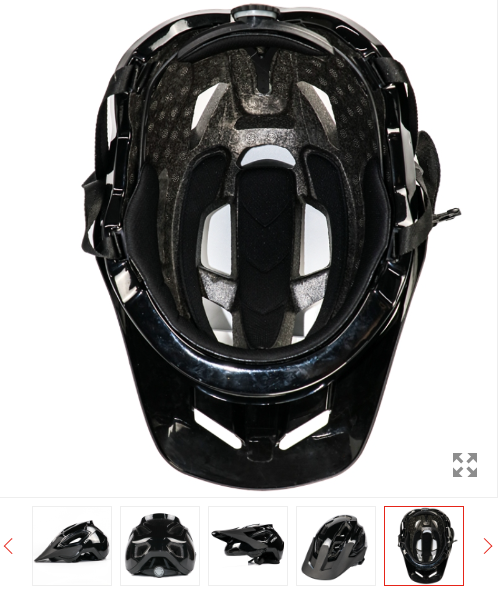
How much does a mountain bike helmet weigh
The weight of mountain bike helmets may vary depending on factors such as brand, model, size, and materials used. Generally speaking, the weight of mountain bike helmets ranges from 200 grams to 400 grams. Lighter helmets may weigh around 200 grams, while heavier helmets may approach or slightly exceed 400 grams. Some high-end helmets may be lighter, while some economical or more functional helmets may be slightly heavier.
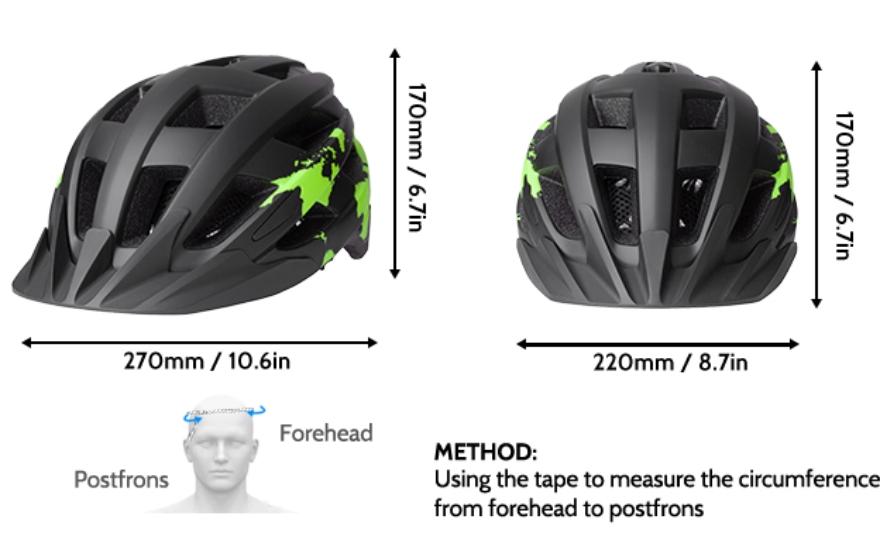
This weight range is based on general circumstances, and the specific weight may also be affected by various factors, such as the size of the helmet, additional features (such as adjustment systems, ventilation openings, etc.), and the materials used.
The above is about the knowledge related to mountain bike helmets. If you want to learn more about sports helmets and seek OEM&ODM sports helmet manufacturers, please contact us.